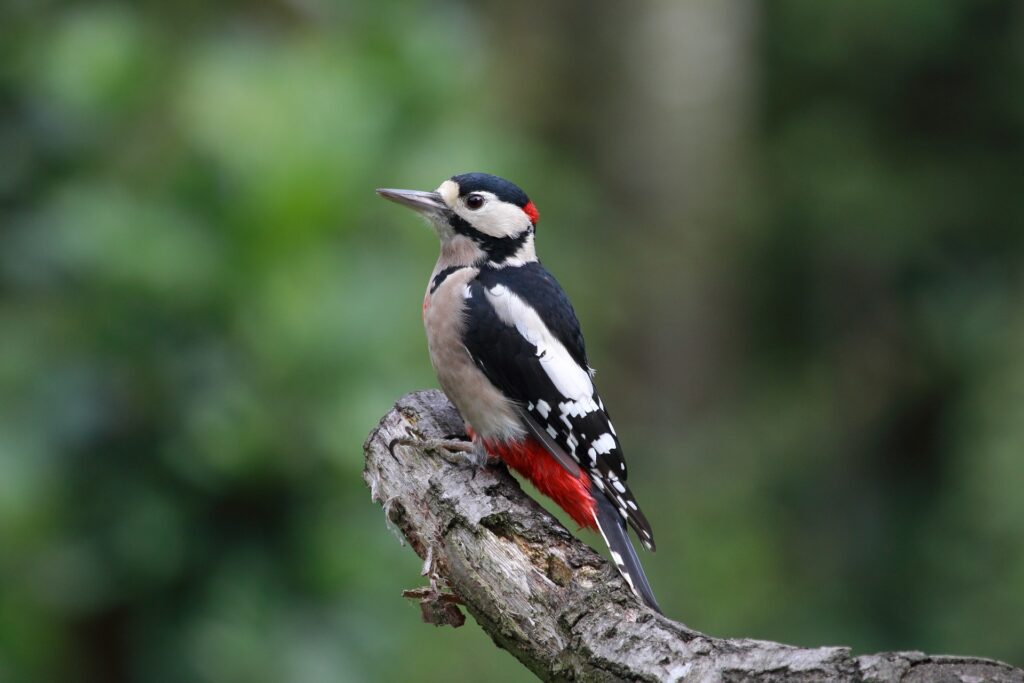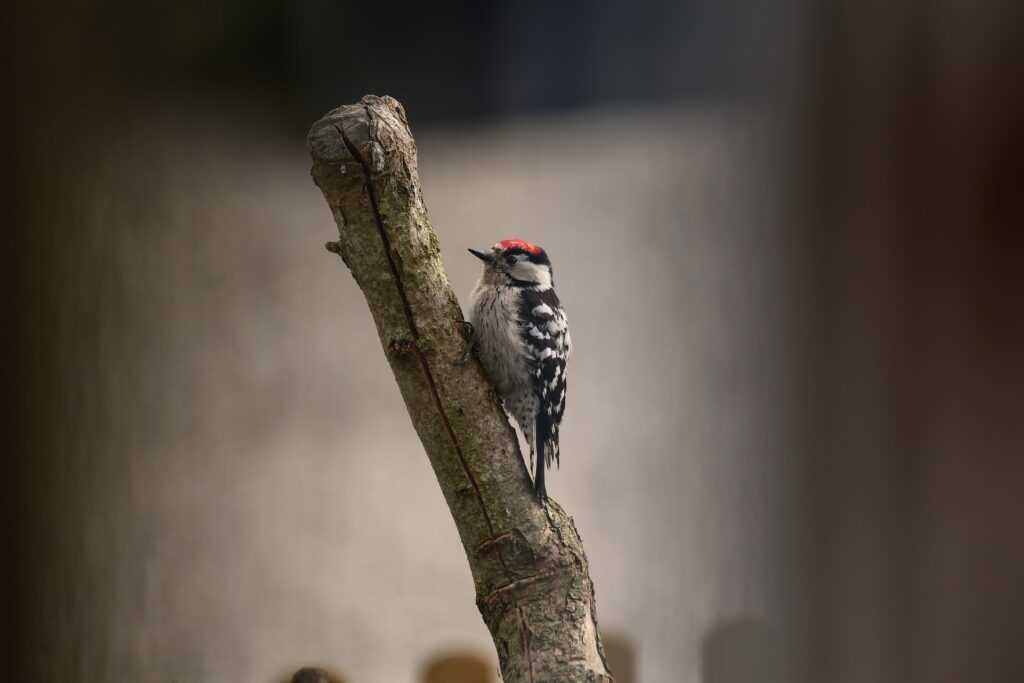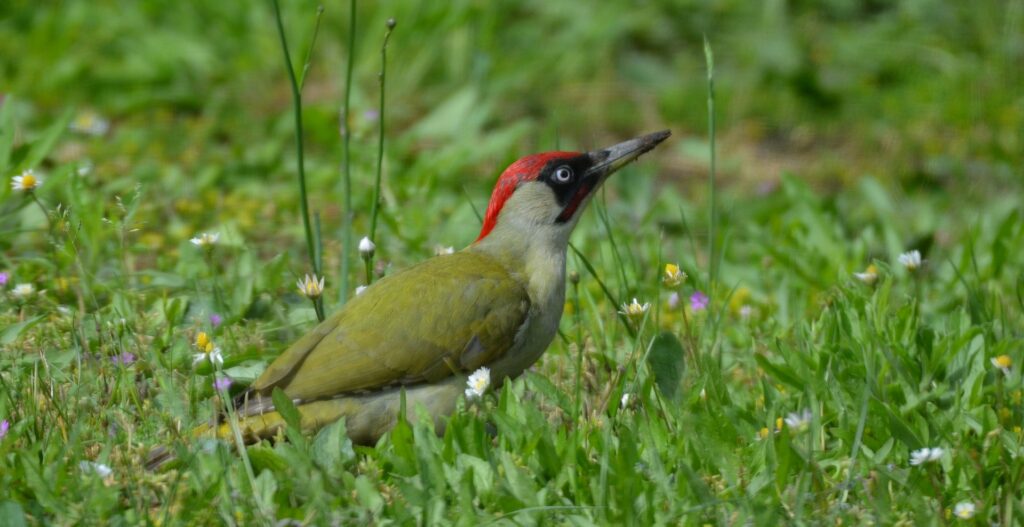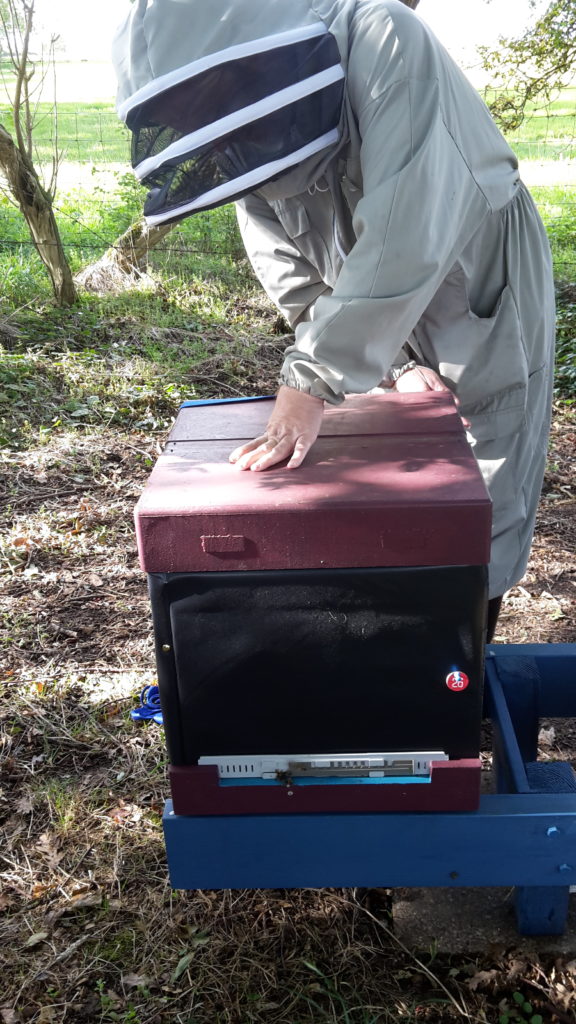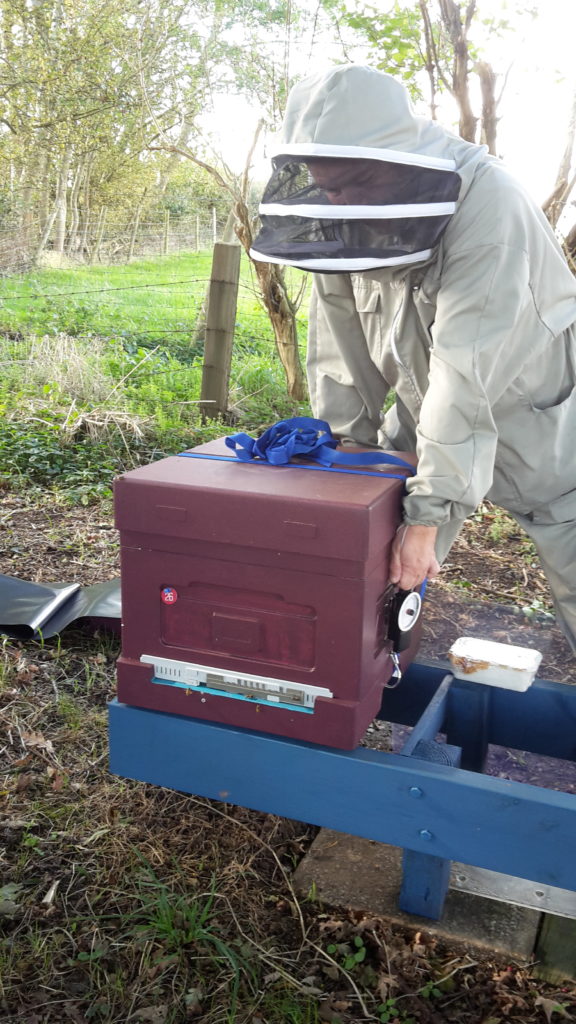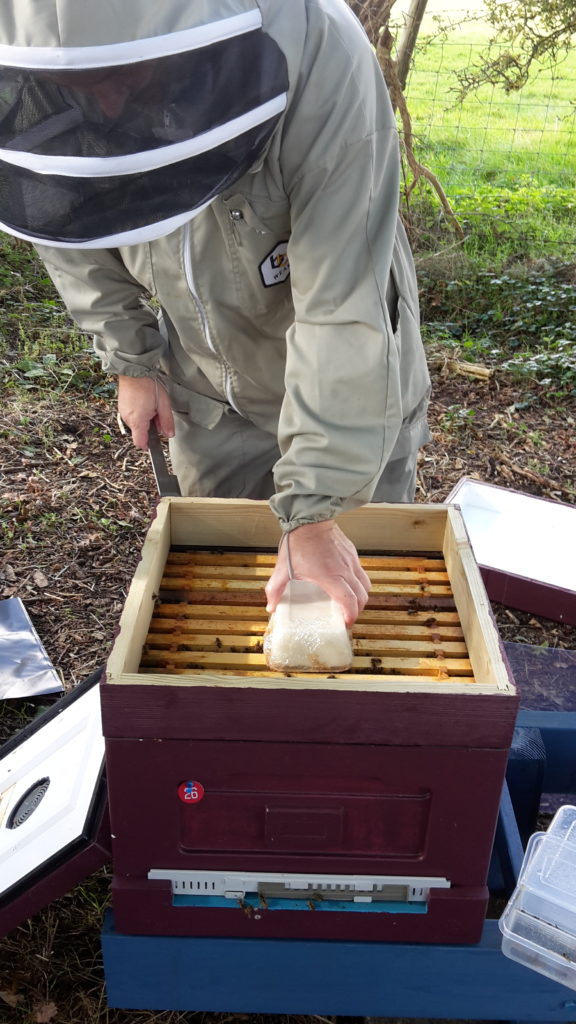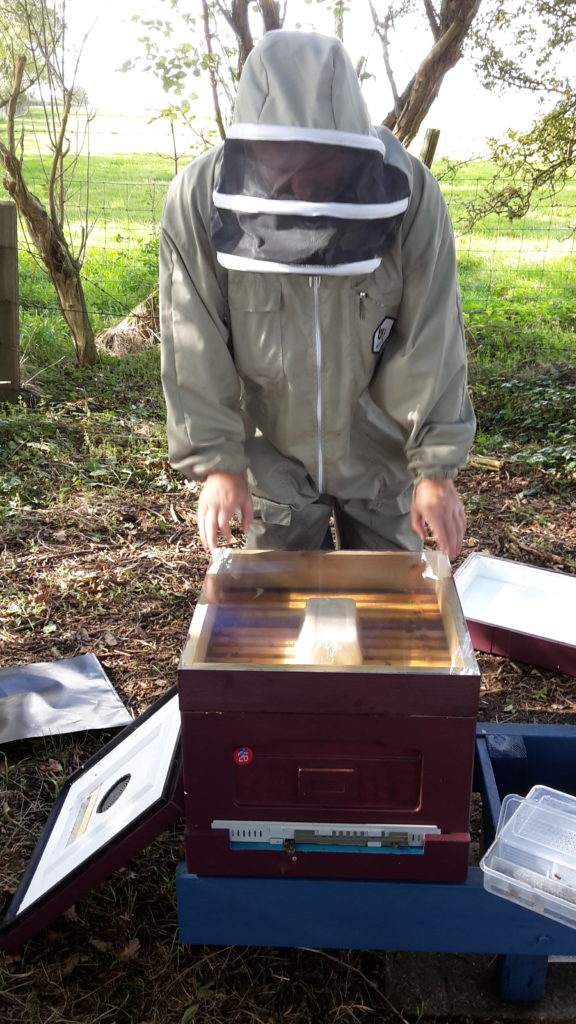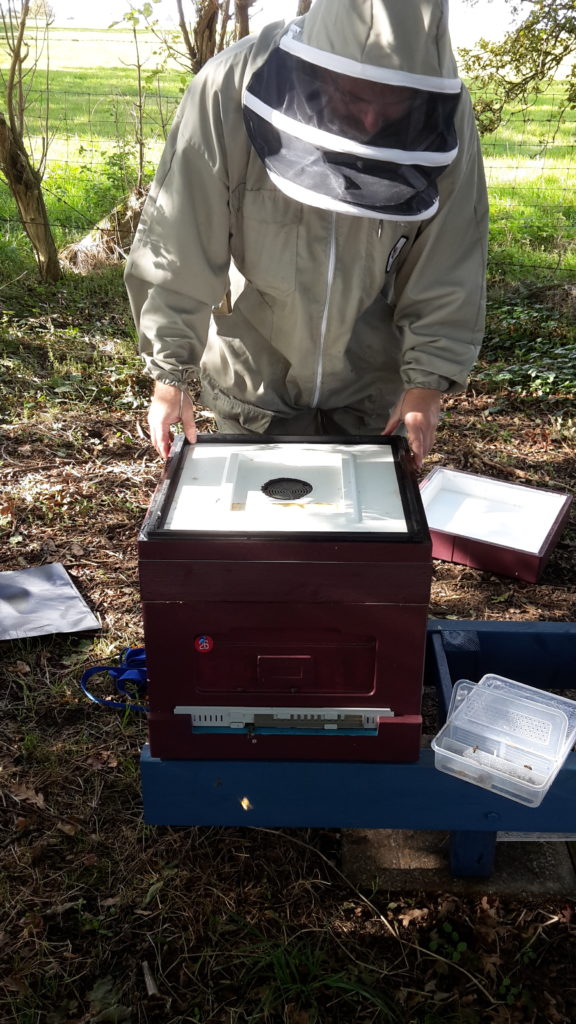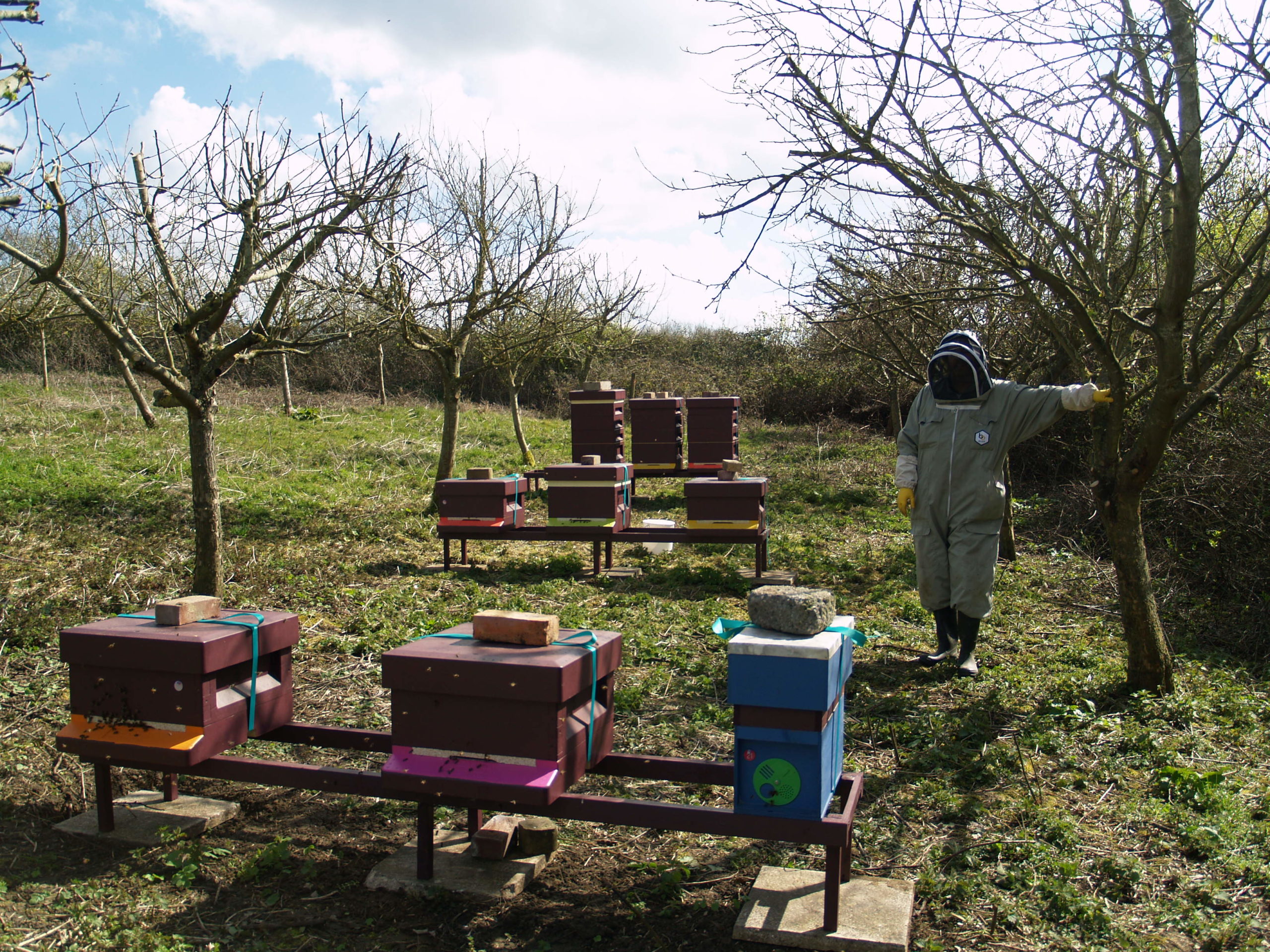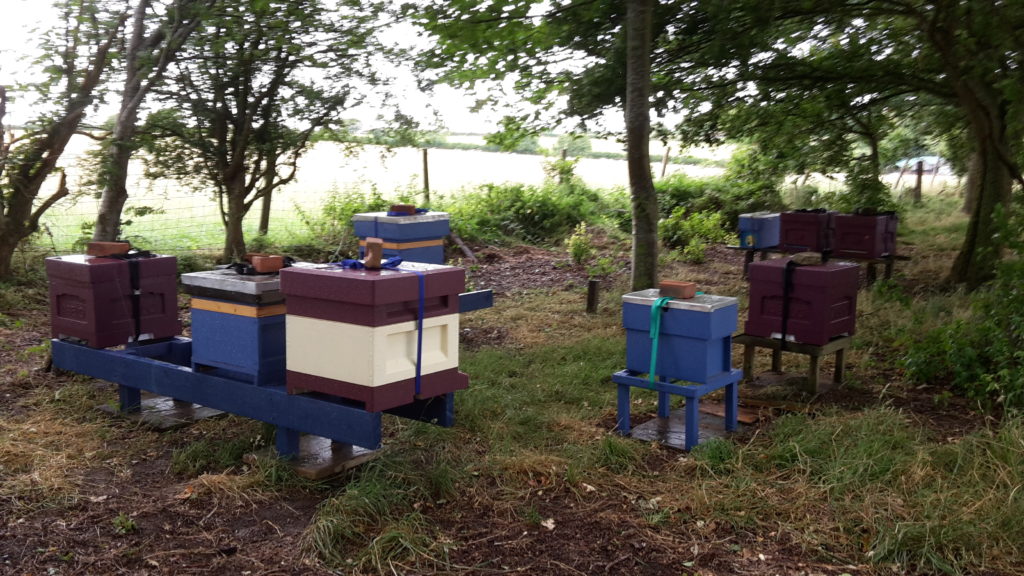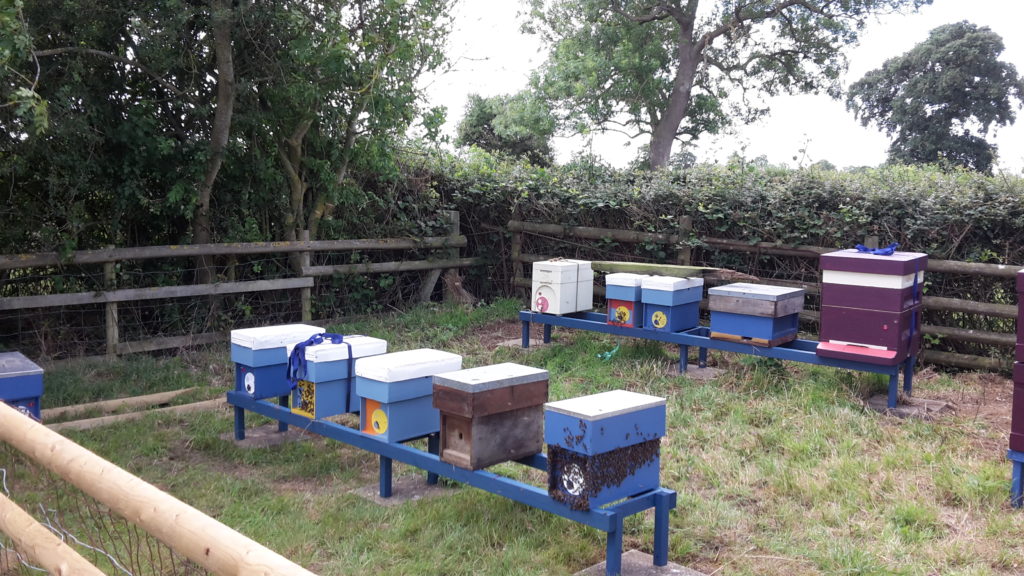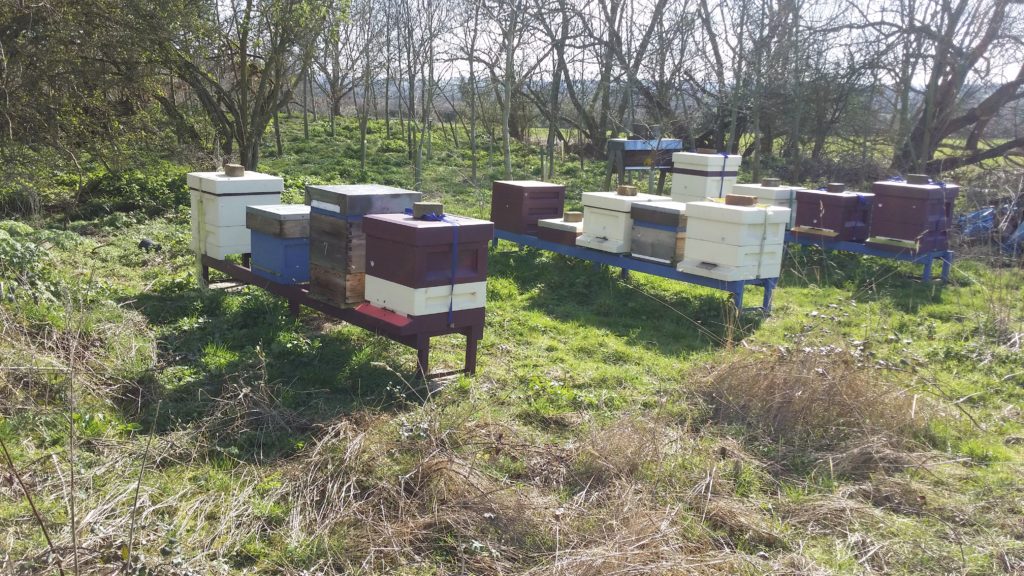Ever notice how your jar of honey starts to get thick and grainy over time? That’s honey granulation, or crystallization—a totally natural process that happens more with real honey than fake or adulterated honey. While some people think crystallized honey means it’s gone bad, it’s actually a sign that your honey is pure and unprocessed.
But why does this happen in real honey and not in the fake stuff? Let’s dive in!
1. The Natural Makeup of Real Honey
Real honey is a beautiful, complex blend of natural sugars, mostly glucose and fructose, along with tiny amounts of water, pollen, enzymes, vitamins, and minerals. This balance is key to understanding why real honey tends to crystallize over time.
Here’s the thing: glucose is not as soluble in water as fructose. When honey sits on your shelf, the glucose starts to separate out from the water and forms tiny crystals. This is especially true for honeys with higher glucose content (like clover or alfalfa honey). The more glucose, the faster the crystallization.
And guess what? The little particles of pollen and beeswax floating in real honey act like “seeds” that help the glucose crystals grow. So, the more natural and raw your honey is, the more likely it is to granulate.
2. Real Honey Is Unprocessed—and That’s a Good Thing!
Real honey is often minimally processed, or even raw, meaning it still contains all its natural goodness. This includes enzymes (especially one called glucose oxidase), which help break down sugars over time, encouraging granulation.
And let’s not forget about the tiny bits of pollen, which play a big role. Pollen acts like a starting point for crystals to form, which speeds up the crystallization process. The more natural stuff left in your honey, the quicker it may crystallize—and that’s a good sign! It means your honey hasn’t been stripped of its natural nutrients.
3. Fake Honey Is Missing the Magic Ingredients
Fake or adulterated honey, on the other hand, behaves differently. Why? Because it’s not pure honey! It’s often mixed with other sweeteners like high fructose corn syrup or glucose syrup to mimic the texture and taste of real honey.
These sweeteners usually have a higher level of fructose and a lower level of glucose. Since fructose is more soluble in water, it doesn’t crystallize easily. That’s why fake honey stays smooth and liquidy for much longer than the real stuff.
Plus, fake honey goes through heavy processing, which often removes any trace of pollen or natural enzymes. Without these crucial ingredients, there’s nothing to trigger crystallization. It may look nice and clear, but it’s missing the goodness that makes real honey so special.
4. Heat Processing—The Sneaky Way to Prevent Granulation
Another reason fake honey doesn’t crystallize is that it’s usually heat-treated to keep it smooth and runny. High temperatures dissolve any crystals that may have started forming and destroy the enzymes that promote granulation.
Even some brands of real honey are pasteurized to slow down crystallization, but they’re still more likely to granulate than fake honey. If your honey doesn’t granulate at all, it might be a sign that it’s been over-processed or diluted with other sugars.
So, Why Does Real Honey Crystallize Faster?
- Higher glucose content in real honey leads to crystallization.
- Natural honey still contains pollen and enzymes that act as “triggers” for crystals to form.
- Minimal processing keeps real honey’s natural components intact, while fake honey is often heavily processed to prevent crystallization.
What Does This Mean for You?
If your honey crystallizes, celebrate it! This is a sign that your honey is the real deal, packed with natural sugars, nutrients, and enzymes. You can easily reverse the crystallization by placing the jar in a warm water bath, and it’ll go back to being smooth and pourable again.
On the other hand, if your honey never crystallizes, it might be worth taking a closer look at the label. Smooth, never-crystallizing honey is often overly processed or mixed with other sweeteners—missing all the natural goodness of real honey.
So next time your honey granulates, don’t panic. It’s just nature’s way of letting you know your honey is pure, unprocessed, and totally authentic!
